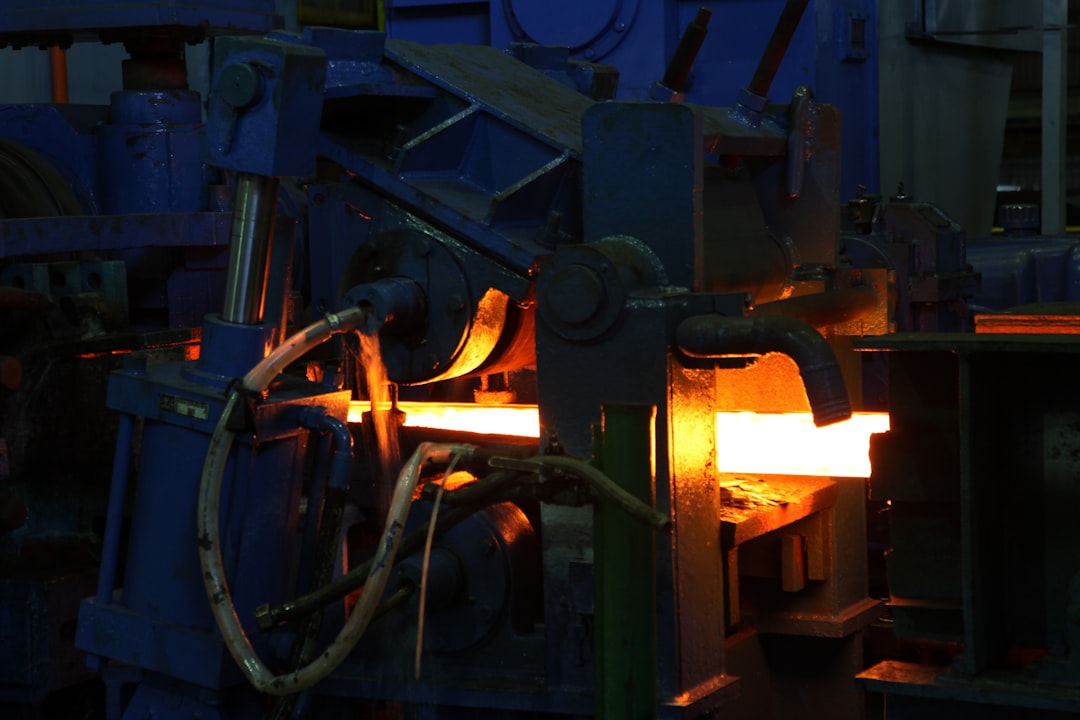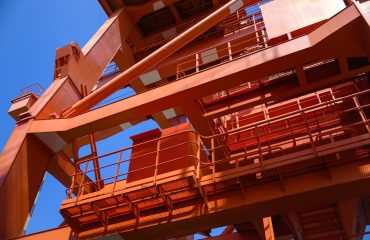Superalloy steels are a class of high-performance materials renowned for their exceptional strength, resistance to high temperatures, and corrosion resistance. These remarkable properties make them indispensable in numerous critical applications where conventional steels simply fall short. This blog post delves into the fascinating world of superalloy steels, exploring their unique characteristics and diverse applications across various industries.
1. Aerospace: Reaching for the Sky with Superalloy Steel
The aerospace industry is arguably the most demanding environment for materials, requiring components to withstand extreme temperatures, pressures, and corrosive environments. Superalloys are the backbone of many crucial aerospace components. In jet engines, for example, turbine blades and disks operate at temperatures exceeding 1000°C (1832°F). Superalloys like nickel-based alloys (Inconel, Waspaloy) and cobalt-based alloys (L605, Stellite) provide the necessary high-temperature strength and creep resistance to ensure engine efficiency and longevity. These alloys also exhibit excellent resistance to oxidation and hot corrosion, crucial for prolonged operation in harsh environments. Beyond jet engines, superalloys are used in other critical aerospace components such as afterburners, exhaust nozzles, and airframe structures, ensuring safety and performance at extreme altitudes and speeds.
2. Power Generation: Fueling Progress with Enhanced Durability
The power generation sector relies heavily on superalloy steels for their exceptional resistance to high temperatures and corrosion. In gas turbines used for electricity generation, superalloys are vital for components operating under intense heat and pressure. These alloys’ resistance to creep and fatigue ensures the reliable and long-term operation of power plants. Similarly, in fossil fuel power plants, superalloys find applications in boiler components, superheaters, and reheater tubes, where they withstand high temperatures and aggressive environments. The increasing demand for efficient and reliable power generation continues to drive innovation and the development of new, even more resilient superalloys.
3. Chemical Processing: Withstanding Harsh Environments
The chemical processing industry faces unique challenges, with many processes involving highly corrosive chemicals and extreme temperatures. Superalloy steels provide the necessary resistance to these harsh conditions. In reactors, heat exchangers, and piping systems, superalloys protect against chemical attack and ensure the safe and efficient operation of chemical plants. Their resistance to various acids, alkalis, and other corrosive agents makes them invaluable in handling a wide range of chemicals, preventing costly downtime and environmental hazards. The specific superalloy selected depends on the chemical environment, with some alloys showing superior resistance to specific corrosive agents.
4. Automotive Industry: Enhancing Performance and Efficiency
While not as prevalent as in aerospace or power generation, superalloy steels are finding increasing applications in the automotive industry, particularly in high-performance vehicles. Their high strength-to-weight ratio allows for lighter and more fuel-efficient engines. Turbocharger components, exhaust manifolds, and valves benefit from the high-temperature strength and corrosion resistance of superalloys. As the demand for more efficient and powerful engines grows, the use of superalloys in the automotive sector is expected to increase significantly.
5. Medical Implants: Biocompatibility and Strength Combined
A less widely known application of superalloys is in the field of medical implants. Certain superalloys, particularly those with excellent biocompatibility, are used in the manufacture of orthopedic implants, such as hip and knee replacements. Their high strength and wear resistance ensure the longevity and reliability of these critical implants. The biocompatibility aspect is crucial, as it ensures that the implant does not cause adverse reactions within the body. Research continues to explore the potential of superalloys in other biomedical applications, driven by the need for durable and biocompatible materials.
In conclusion, superalloy steels represent a crucial class of materials, pushing the boundaries of performance in demanding applications across various industries. Their unique combination of high-temperature strength, corrosion resistance, and durability makes them indispensable for ensuring safety, efficiency, and longevity in critical systems worldwide.
SEO Tags:
- Superalloy steel
- Superalloy applications
- High-temperature alloys
- Nickel-based superalloys
- Corrosion-resistant alloys




